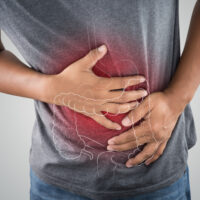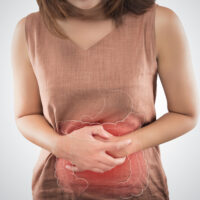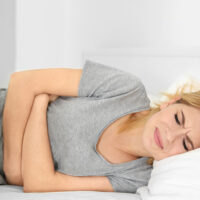9 bedroom painting ideas
When you come home from office and find your house as boring as your office, it further adds to your frustration. So from boring, dull colors of your office room, let’s move to some bedroom painting ideas that can lend a dreamy and modern look to your room. Here are 10 ideas to do the same.

Go green
Well, for calmness and soothing touch, soft green hues can be used. With the soft, neutral or pastel colors, you can have shades of warm browns with them to create a spa-like environment. Also, a green space will definitely relax your mind after those boring boardroom meetings within glass chambers.
Pick up bold hues
So, you love going out of the way and create something different? This bedroom painting idea will help you with just that. Go for black- and white-colored walls with your wall arts hanging on them. Black and white paints on bedroom walls are great canvases to doodle your ideas.
Choose purple for the kid’s room
Well, so it’s your child’s bedroom where there is nothing but studies? Or, is your child very shy or introvert with his or her choices? In this case, you should paint the room purple. It will stimulate his brain activity, and encourage him to use his imagination even more, and keep him happy as well!
Paint geometry designs
Avoid going for bold colors when it comes to your kids’ space. In fact, paint different shapes and big animated letters for your kid who has just started to learn, waking up to basic letters and numbers. You can paint animals and historic structures as well. Waking up to important things can help your child remember things and most importantly learn them.
Opt for a theme
What about a fairy wandering over her room? Or a hot wheel track on the wall? A world atlas drawn on the wall, may be? These kinds of bedroom painting ideas can do wonders to light up and brighten up your child’s mood.
Happy colors are the best!
Pink and yellow or ocean greens are natural bright colors. If you like to create a positive environment, then these bedroom painting ideas are apt for you. Bright colors can give you positive vibes. So, don’t forget to lend a yellow tone or a pinkish tone one of the walls, and see the change yourself!
For the love of the abstract
Most abstract paintings are made on block color. If you’re an artist, it’s a good idea to paint your room with stripes and lots of micro designs that suit your artworks.
Create blocks of colors
Only one color cannot define your personality, isn’t it? Why not opt for multiple colors then? You can even paint your bedroom with four colors based on your choices, moods and corners. You can divide your room diagonally to organize them beautifully.
Say no to dull colors
Nobody likes a color that depresses one. Hence, give a miss to colors that resemble fungus. Waking up to happiness is the main thing. Bedroom is the room for freshness, and hence, it would be helpful and refreshing if you wake up to your favorite color.





